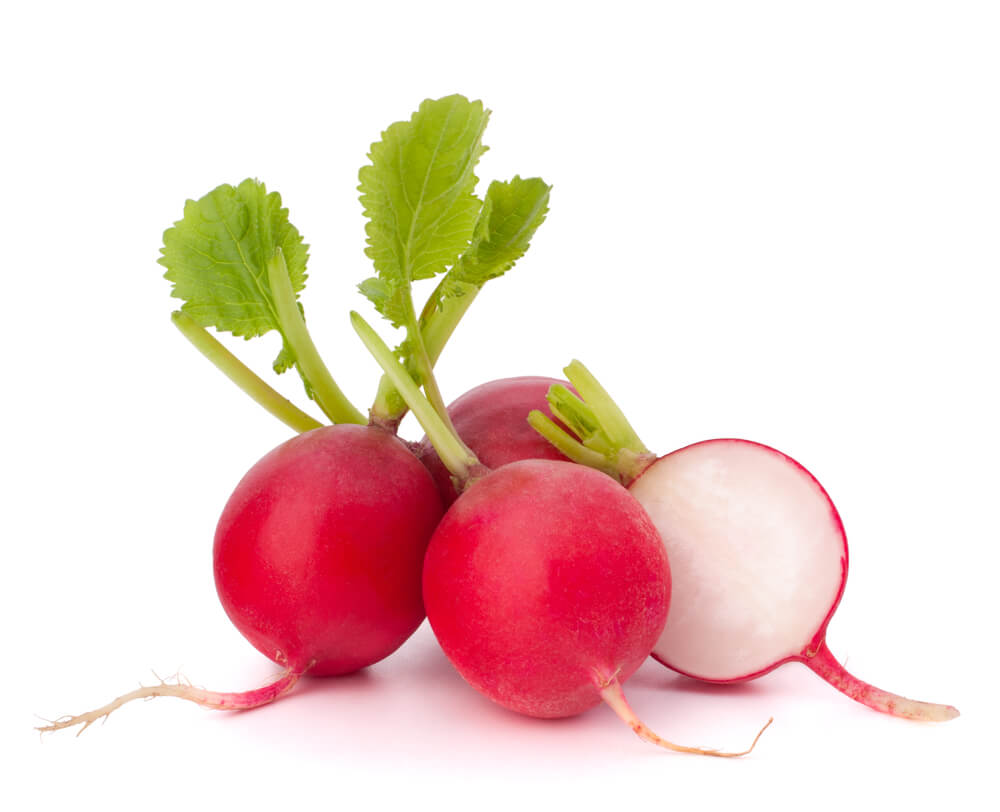We all know that fresh vegetables are a crucial part of a healthy diet. The problem is, they have to be purchased frequently as they don’t last long on the kitchen counter or even in the refrigerator.
If you don’t have time to go to the store every day, you might be wondering if you can freeze vegetables to help preserve them for longer. For instance, radishes—can you freeze radishes?
The short answer is: yes. You can freeze radishes, but because they are a delicate vegetable, there are some things you should know before you pop them in the freezer and walk away. Radishes require a gentle and timed procedure to get them right. Let’s take a look and understand how to freeze radishes!
How to Freeze Radishes
Many countries across the world use this technique to preserve radishes. When done this way, you can maintain optimal quality.
Step 1: Prepare Your Radishes
The first thing you will need to do is clean your radishes. Scrub them in cold water to remove dirt and residue from the outside. Each radish must be as clean as possible before moving on to the next step.
Step 2: Cut Your Radishes
Next, cut off each radish’s ends, removing both the top and the bottom, which is the thin, stringy part. The greens on the top can be saved and cooked, making several delicious dishes similar to spinach.
Then, cut the radish into medallions. They can be thin or on the thicker side, depending on how you like them and the dishes you want to cook. Thinly sliced radishes can be thawed and used in salads, while thicker sliced medallions can go from the freezer straight into the oven for roasting.
Important: Never peel the radish! It will not maintain its quality and texture during freezing without its skin.
Step 3: Blanch Your Radishes
Put a large pot of water on the stove on high heat. When the water has reached boiling, blanch your radish medallions in the water for 2 to 3 minutes.
Immediately after removing your radish medallions from the boiling water, place them in an ice bath. It will halt the heating process and freeze the nutrients inside the radish.
This technique will stall the spoiling process and keep the radishes fresh for an extended period. Blanching activates enzymes in the radish that, when frozen, will retain vitamins and nutrients longer.
Step 4: Freeze Your Radishes
The last step is to freeze your blanched radishes. Place the radish medallions in a freezer container or bag and put it in the freezer.
When choosing a freezer container, ensure that it is moisture-resistant and airtight. If you’re using freezer bags, remove as much air as possible before sealing the bag for best results. An airtight and moisture-resistant container will ensure you are getting the full benefits of freezing.
Why You Should Freeze Radishes
If you’ve come into too many radishes to eat for whatever reason or you’d like to preserve some for use during the winter months, you may want to freeze some. Nevertheless, there are some consequences to freezing this fresh vegetable.
For starters, freezing radishes will change the vegetable’s taste and texture, although you can still save much of its crispness and flavor. It’s also essential to realize that while freezing a radish can make it last for a very long time, the spoiling process has merely been stalled, not stopped.
Additionally, freezing radishes reduces the quality of its vitamins, nutrients, and other antioxidant properties. If you have a choice, fresh is always better. Still, can radishes be frozen? Yes. Yes, they can.
That said, there is a process for freezing radishes you can use to preserve them that need to be followed carefully. If not done right, you can quickly destroy the vegetable’s quality. But don’t worry, we’re here to help! Follow the four-step process outlined below, and you’ll be good to go.
The Benefits of the Humble Radish

These days, the humble radish is popular worldwide. It is used in salads and can also be roasted as a delicious alternative to potatoes and used in pasta dishes or appetizers. Radishes can even be thinly sliced and fried to make delicious and healthy chips.
Radishes are a delicious root vegetable that can be cooked like any other. Their beautiful red tone makes them irresistible, and cooking them makes them juicy and mellow in flavor. They can be pickled, braised, roasted, grilled, and cooked as you would any other green vegetable, making the humble radish quite versatile.
Nevertheless, one of the best traits of the radish is the richness of nutrients it contains. It is high in folic acid, potassium, calcium, and vitamin C. What’s more, it’s a high-fiber food, especially when eaten fresh. However, if you can’t get fresh radishes, there is a technique for freezing them for later use.
Final Thoughts
Freezing radishes is an excellent way to preserve them for use during the off-season. Then, in the middle of winter, you can thaw them and use them in your cooking. However, be sure to follow the four-step process we outline above for the best results.
Related Articles:







